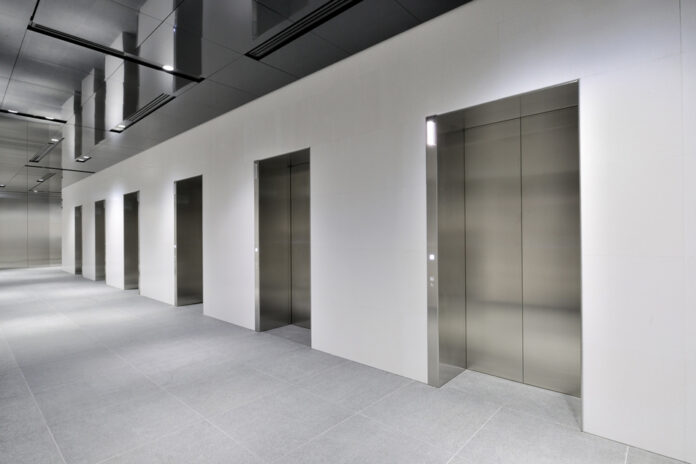Elevator systems, including those that are engineered, have been in use for over 150 years. With this in mind, it is easy to see why there are so many questions surrounding their proper installation and maintenance. An Engineered elevator, as any expert will tell you, is a product that is designed to last longer, require less upkeep, and ultimately save money over time.
The first question usually asked is: “What is an Engineered Elevator?” This answer differs slightly from a standard elevator as it utilizes mechanical parts that are not essential to the operation of the elevator. Often, all that is needed for the operation of an Engineered Elevator is a new hardware and software. The components are, however, typically more superior and dependable due to the fact that the components have been designed for superior performance.
A typical Engineered Elevator has a number of motors in its mechanical system. These motors may be part of a single chain drive unit, or they may be part of multiple chains. Regardless of how these motors are arranged within the system, the end result is the same. There is always a mechanical process that occurs and it results in the elevator moving upwards or downwards in an efficient and reliable manner. One of the most common questions about Engineered Elevators pertains to their safety features. Each part of the elevator, from the motors to the counterweight systems and bottom tracks, is tested to make sure they operate safely.
Additionally, the entire building (including the ceiling and floor systems) must be considered during the testing process to ensure the integrity of the entire system. Ultimately, any part of the system that malfunctions poses a risk to those who may be using the elevator. For example, if the elevator’s motor is not strong enough to lift the load at the appropriate times, or if the elevator encounters a technical glitch, an emergency stop can be triggered and the load can be lifted and moved out of the way.
If an Engineered Elevator is used for transporting people, then maintenance is even more important. An entire building can become seriously damaged by not paying attention to small details. A large part of the system is the counterweight system. This contains the machinery necessary to lower and raise the load, and it also requires precise force from the motor itself. If anything is not working correctly, it can cause serious damage to the structure of the building or, in the worst case scenario, collapse. Such damage can be avoided if the employees know what to look for. Moreover, any employee in charge of maintenance should carry an annual safety certification.
The training process varies from location to location, but a basic outline of what is required can usually be found online. Such training sessions should cover preventive maintenance, inspection and any other relevant information. It is also important that the employees know what to do in the case of an emergency and how to act in such an event. By taking the time to learn about such basic maintenance and procedures, a business can greatly decrease the amount of unexpected downtime, and the resultant cost.



